Located in McLeansboro, IL, L&L Farms began their hog farming operation in 1994 raising 400 sows. Since then, Jeff and his family along with the help of quality employees have grown their breed to wean operation to 4,000 sows housed in 2 locations. We spoke with owner, Jeff Lueke:
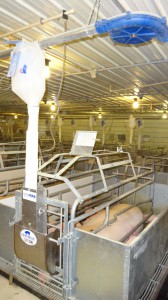 Jeff, you have purchased several Grow-Disk™ systems, why did you decide to install this feeding system?
Jeff, you have purchased several Grow-Disk™ systems, why did you decide to install this feeding system?
I really felt like we were gaining efficiencies in the farrowing department. We saw how it could provide advantages to our employees, allowing them to be more efficient and manage more sows. Within our operation we also set target goals. These goals consisted of narrowing down the wean to first service interval, drive a heavier pig out the door at weaning, and increase lactation length leading to subsequent larger litter sizes for pigs. In our management plan, we felt that these two products, SowMAX and Grow-Disk, would be a big help to reach our target goals by getting more feed to the sows.
How many Grow-Disk™ systems have you installed?
3. All have been installed into our farrowing barns, but I would not hesitate to install them into any application.
How do you use Grow-Disk™ to feed the sows?
We combine the Grow-Disk with the SowMAX. We feel that the combination of these products delivers a very good program. We basically want the sows to have access to full feed. Between these two products we feel that we can deliver that to our sows very efficiently. The system still gives us flexibility to limit feed intake because we include the Sow Drop. The Sow Drop allows us to limit feed intake if we want to, whether it is in early lactation, pre-farrowing, or for the first three days post-farrowing. In post-farrowing we schedule to feed five times throughout the day, in pre-farrowing we schedule to feed twice a day.
How have the Grow-Disk™ systems performed for you? What benefits have you seen?
I have no complaints; I do believe that we are getting more daily feed intake from our sows with the system. The system is hands-off, requiring less labor to feed. With this automatic feeding we are able to keep feed available, and produce less wastage.
Why did you choose Grow-Disk™ instead of a flexible auger system for your project?
My local sales contact, Carl Herrmann, shared with me some of the advantages that Grow-Disk can offer. Knowing that it was a new product, and knowing that I’ve had success with Hog Slat products in the past, it made me anxious to try it. I think its heavy duty, reliable, and I have not been disappointed.
Switching gears, tell us about your routine feeding with SowMAX.
The system that we set up is basically designed to keep feed available for the sow to access at all times, but not have so much feed supply that if there was a malfunction we would have a pit full of feed. The system allows us to make that work. At most any time there’s 12-20 lbs. of feed available to the sow. If that particular sow wants to get up at 6 a.m. and eat 15 pounds of feed, it’s there. If a sow wants to eat five small meals throughout the day she has the opportunity to do that as well. I think that we forget that hogs are somewhat individuals like people, and may all have a little different idea of how they want to eat. In the past when we fed with a scoop and cart, the sows got trained to jump up and eat whenever it was time to feed. Even if a litter of piglets just started nursing, the sow still jumped up to eat. The sows are much more content and apt to eat at their convenience than they are when you decide when it’s time to feed. For daily management of the SowMAX, we clean and make necessary adjustments to the feeders twice a day. We have been able to keep SowMAX feeders cleaner compared to other systems. The feeders are simple and easy to utilize and maintain.
What advantages have you noticed with SowMAX over how you fed sows in the past?
We have been able to accomplish our management goals by incorporating SowMAX into our operation. I do believe we have raised heavier pigs. We have noticed that SowMAX wastes less feed and requires less maintenance compared to a solid tube. Having the ability to keep fresh feed in front of the sow all day has been a great benefit.
Do you use any other Hog Slat equipment?
We incorporate Hog Slat’s concrete slats, penning, boar carts, Sow Drops, farrowing crates, and Tridek flooring, among others into our operation. I’ve found this equipment to meet my standards for over 20 years.
Do you have any suggestions for other hog farmers looking into the GrowerSELECT® product line?
It’s a viable program that should be looked at. I think it is cost efficient for the performance. It would be an asset to any building project.
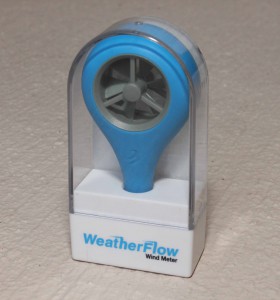
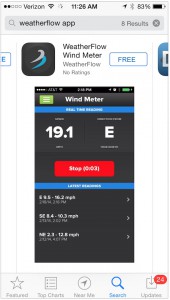
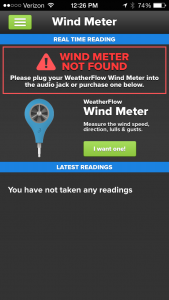

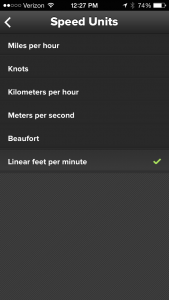
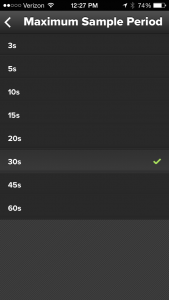

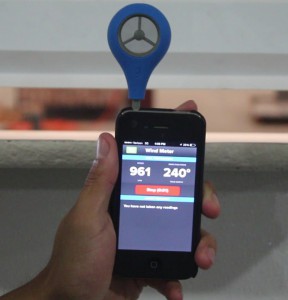












 Україна
Україна Méjico
Méjico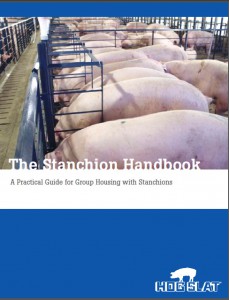
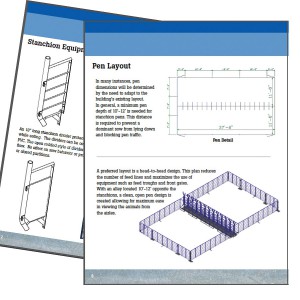
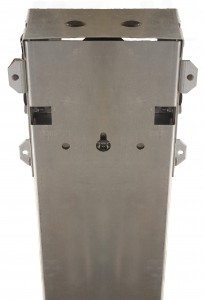
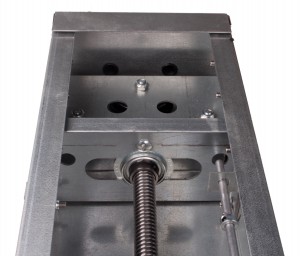
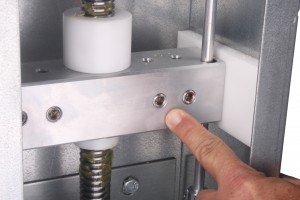
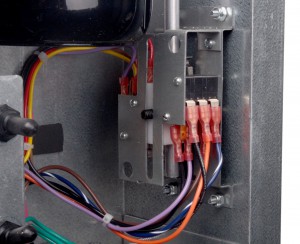
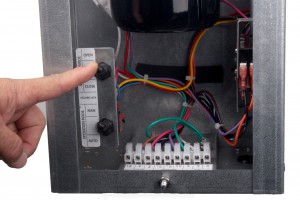
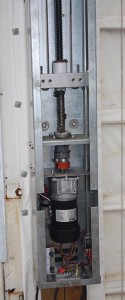
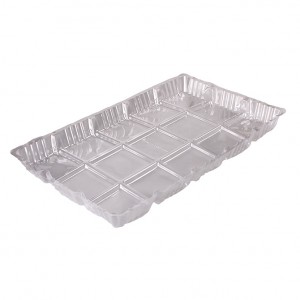
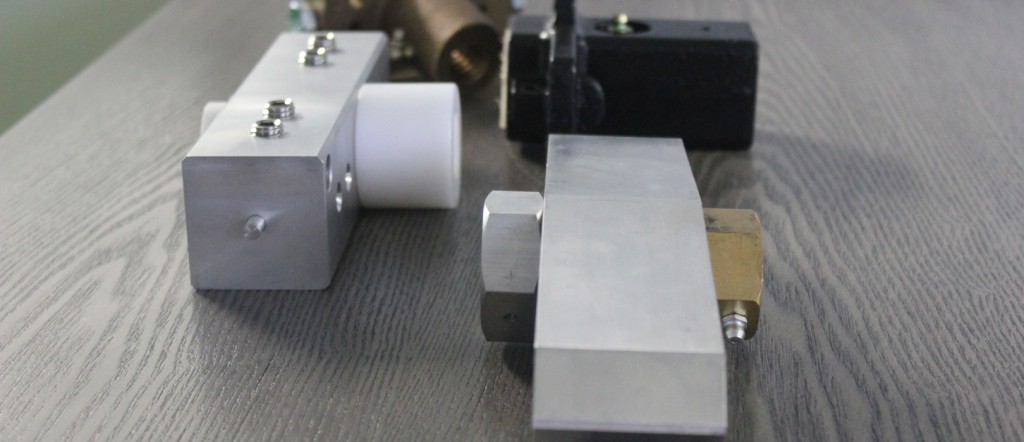
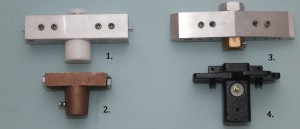
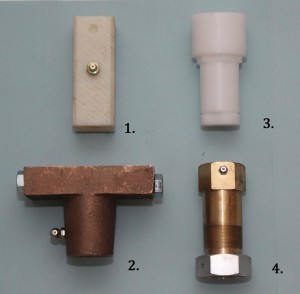
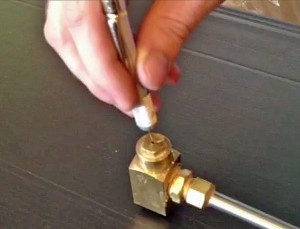
 Jeff, you have purchased several Grow-Disk™ systems, why did you decide to install this feeding system?
Jeff, you have purchased several Grow-Disk™ systems, why did you decide to install this feeding system?


